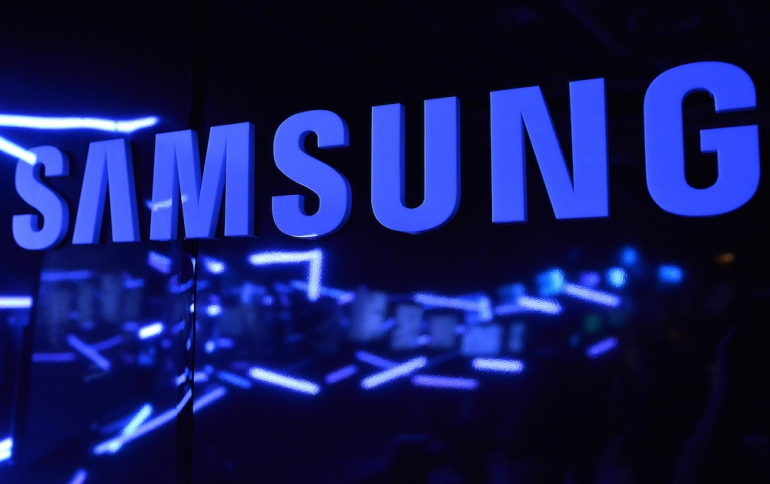
Samsung is Developing a New GPU
Samsung Electronics has hired the developer of Nvidia's nForce IGP and has already engineering teams in hardware, software, test, verification, and implementation in a GPU project that could make Qualcomm, Nvidia Intel and AMD worry.
According to Jon Peddie Research, Samsung late last year hired Dr. Chien-Ping Lu, or CP as he's known among his friends.
CP was the developer of Nvidia's nForce IGP which was a small but powerful GPU in a northbridge chip designed to work with AMD and Intel processors before they put the GPU inside the CPU. CP helped Nvidia to fight against Intel in the IGP war, which ended with a sweet $3B deal for Nvidia. Afterward, CP moved to MediaTek to lead their new in-house GPU design group. He built up a team of designers and engineers in the US and Taiwan and started preparing MediaTek to wean themselves from ARM and Imagination Technologies. Within 4 years, he successfully delivered a product that met all performance, power and cost requirements with no production issue. MediaTek for reasons known only to them, decided to cancel the project. It laid off most of the US-based GPU team, and reassigned the Taiwan team.
About the same time when CP started his GPU program, the Samsung's semiconductor research group in Suwon Korea, was exploring and experimenting with new low-power processor architectures and had developed a clever way to batch instructions for a SIMD architecture. According to JPR, it was VLIW like but without all the complexities of VLIW and would result in a bundle of patents. At the same time the CPU development team, which had an architectural license from ARM had a breakthrough in compute density and FLOPS. Samsung's stars were aligned, and they decided to productize these, and a couple of other developments. They would call this project, SGPU - Samsung's GPU. They hired CP late last year in order to take a brand-new GPU IP across the finish line.
JRP claims that Samsung Austin and San Jose are now filling out the engineering teams in hardware, software, test, verification, and implementation. The simulations have indicated an even better performance than predicted, and the batch instruction processing holds the promise of significantly reducing the latency in the motion-to-photon path, and bringing low-power VR, with fast recovery very high-resolution dynamic display capability. Samsung is justifiably very closed mouth about this, but various research papers, and job openings reveal to the trained eye what's going on.
JPR analysts believe we could see something official from Samsung no later than this time next year. What remains to be seen is how far Samsung will take it. If they have the breakthrough we think they do, will they keep it in house for competitive advantage, license it to one of their partners, or maybe even go bigger and make it multi-platform from mobile, to TV, game consoles, and PCs? And the world can't seem to get enough GPUs for all the AI ambitions being explored. Samsung already has a big AI team, they must certainly be eyeing this development.





















